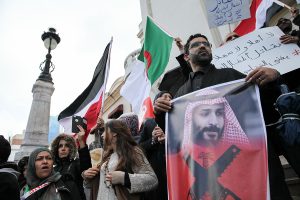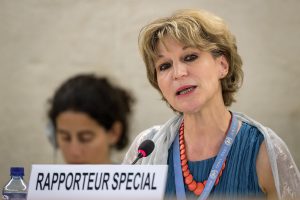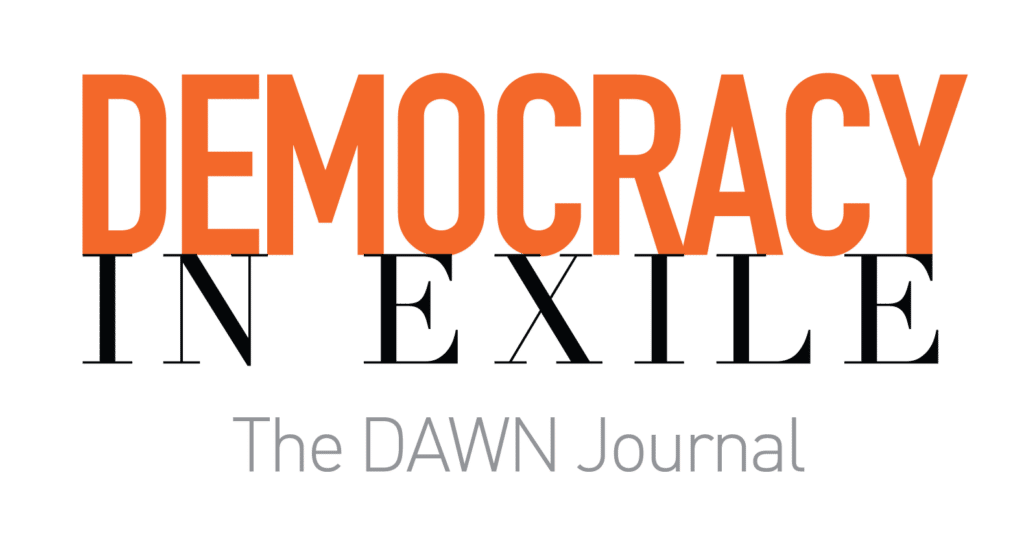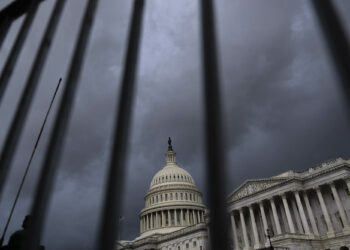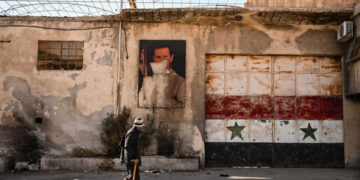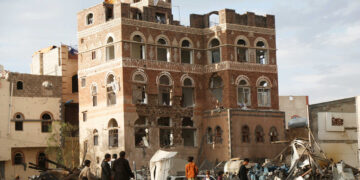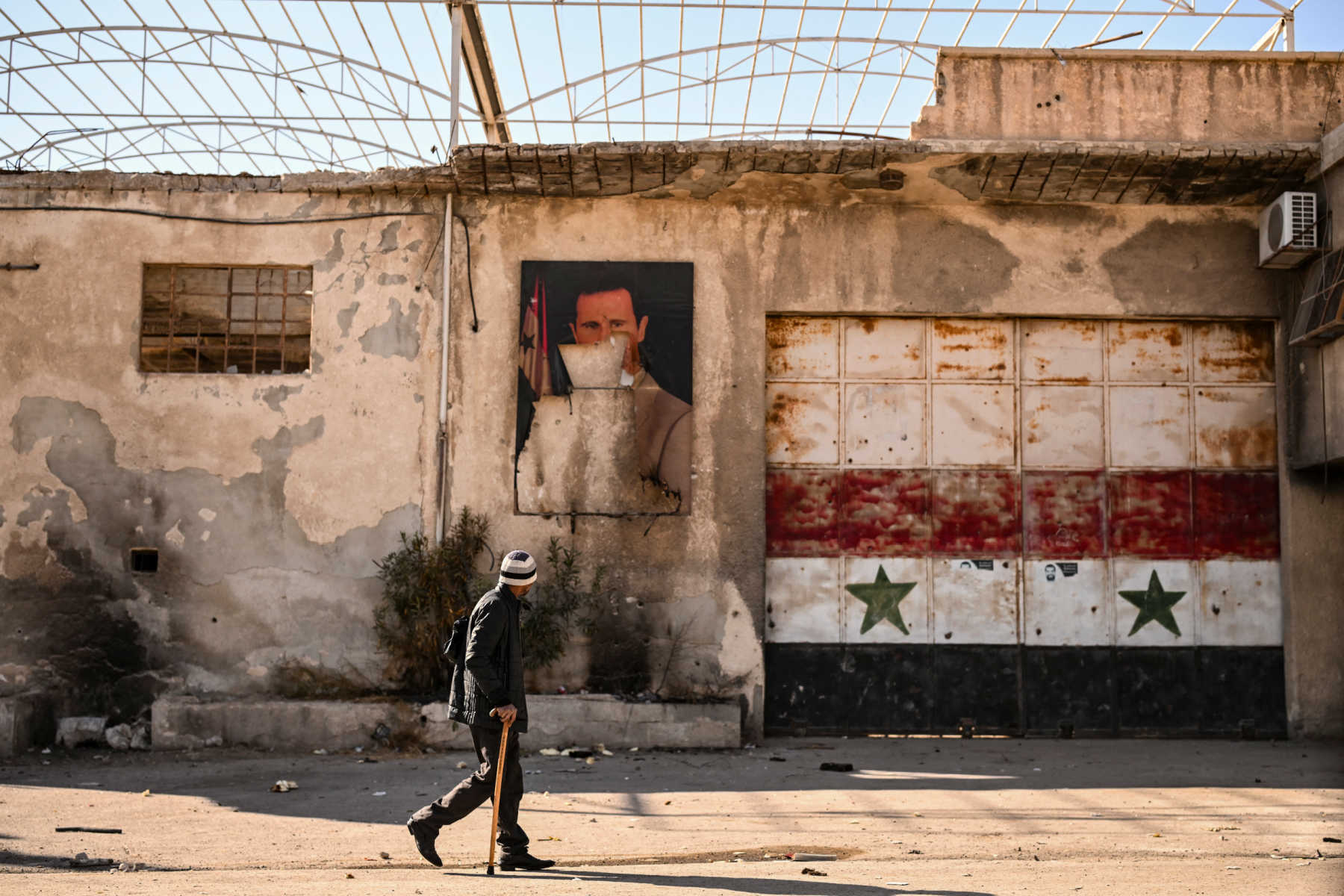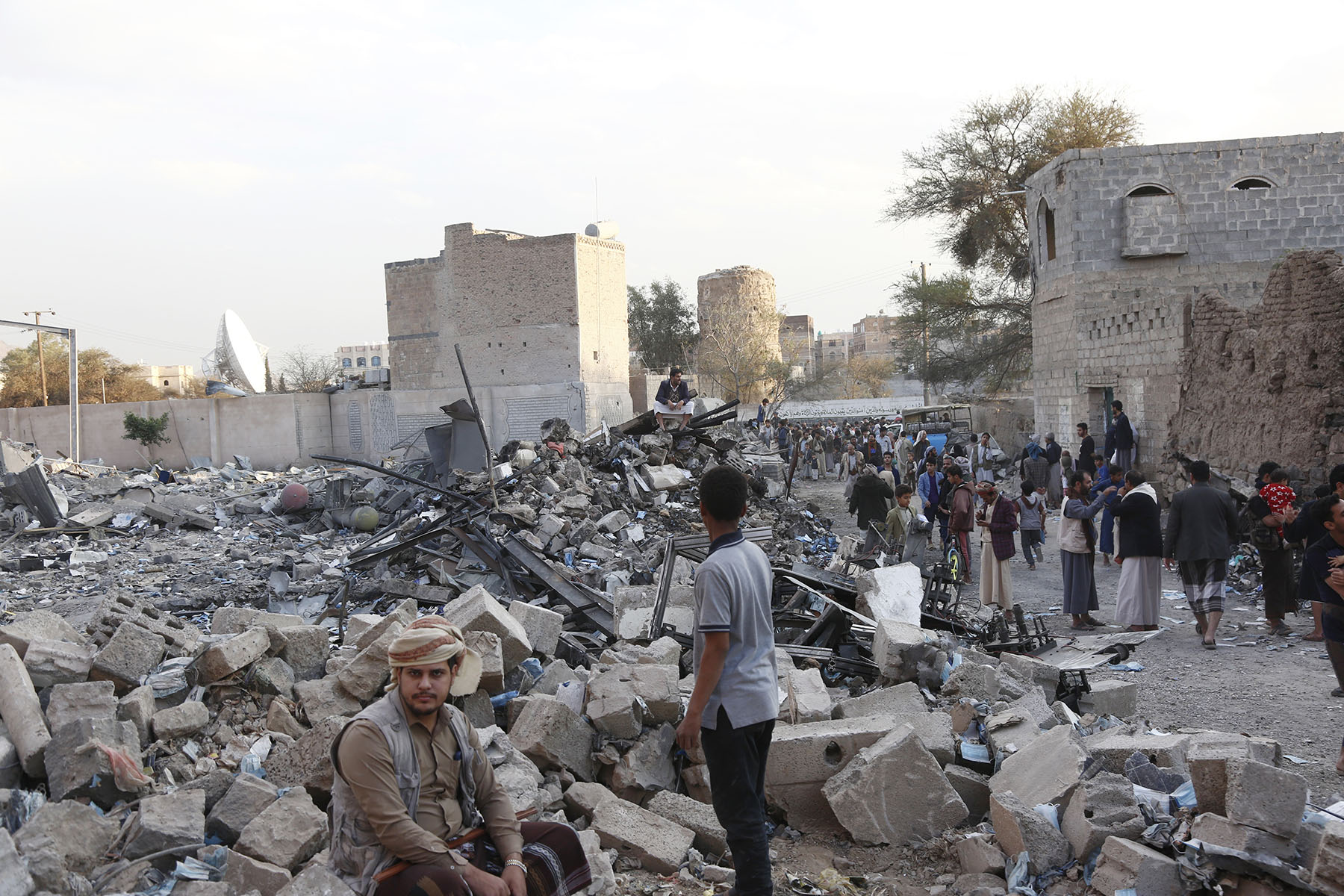Michael Merryman-Lotze is the American Friends Service Committee’s Just Peace Global Policy Director.
Not even counting those trapped under the rubble in Gaza in the rising death toll, more than 22,000 people—over 1 percent of Gaza's population—have been killed in less than three months of Israeli bombardment. At least 57,000 more Palestinians—well over 2.5 percent of Gaza's population—have been injured. United Nations health officials estimate that spreading disease in Gaza, where the public health system has collapsed and three-quarters of its hospitals are no longer functional, could kill more Palestinians than those who have already lost their lives in Israel's ongoing war. Gaza's health infrastructure has been systematically destroyed, cultural and heritage sites have been bombed and bulldozed, schools have been blown up, 60 percent of all homes are either damaged or destroyed, and starvation is being used as a weapon of war.
Statements from Israeli politicians and military officials—that Israel is fighting "human animals," that Gaza should be "empty" and "flattened," that Israel is "rolling out the Gaza Nakba"—are clearly genocidal in nature. A group of experts at the U.N. have warned of the "evidence of increasing genocidal incitement" by Israel against the Palestinian people. South Africa has now filed a case against Israel at the International Court of Justice in The Hague, accusing it of crimes of genocide against Palestinians in Gaza.
The roots of this genocidal violence are deep and old. Understanding history is key to understanding this moment. Acts of genocide don't occur suddenly.
Israel could not have been established as a Jewish state without the ethnic cleansing of the indigenous Palestinian population. This is not ancient history.
- Michael Merryman-Lotze
In late 1948, the American Friends Service Committee was asked to provide relief and assistance to Palestinian refugees in Gaza who were displaced by the 1948 war. AFSC set up the refugee camp system in Gaza before turning over responsibility for the camps to the newly created United Nations Relief and Works Agency for Palestine Refugees in the Near East (UNRWA). AFSC still has staff and programs in Gaza today.
In addition to relief work, AFSC advocated for political action to address the needs of the refugees. In 1949, Don Stevenson, the AFSC liaison based in Beirut, met with the new Israeli ambassador in Washington, Eliahu Elath, who told Stevenson that "Israel would commit suicide if she took back all of the refugees." This followed earlier messages from the Israeli government that Palestinian refugees would never be allowed to return, despite U.N. General Assembly Resolution 194 that called on the new Israeli state to allow "refugees wishing to return to their homes and live at peace with their neighbors… to do so at the earliest practicable date."
When AFSC agreed to provide humanitarian assistance in Gaza in 1948, there was an expectation within the organization that refugees would begin returning to their homes within six months of the start of that work. When that didn't happen, AFSC extended its stay in Gaza until UNRWA could take over responsibility for the refugee camps in 1950. AFSC was asked by the U.N. to stay on longer but refused, in large part because of the lack of political will to address the Palestinian refugees' right to return.
AFSC stated at the time that a failure to address the rights of Palestinian refugees would lead to long-term political morass and continued violence—and here we are today.

The statement by Israel's first ambassador to the U.S. that taking back Palestinian refugees would mean "suicide" for Israel points to a key factor from 1948 that is rarely addressed openly but is essential to understanding the roots of the violence today. The reality is that without ethnically cleansing the Palestinian population in areas set aside for the establishment of a Jewish state by the 1947 U.N. Partition Plan—which gave the majority of the land in Palestine to a minority population of Jews—it would never have been possible to establish a distinctly and ethnically Jewish state.
In 1947, Jews were only a slim majority of the population in the area proposed for the partitioned Jewish state. They also owned less than 7 percent of the land in that area and were clear demographic minorities in both the northern and southern sections of the proposed state, where they constituted approximately 30 percent and 1 percent of the population, respectively. The Jewish population was only a majority in the middle coastal section of the proposed state, but even there, 65 percent of the Jewish population lived in the two cities of Tel Aviv and Haifa, meaning that Palestinians were the majority in nearly all the area set aside for the new Jewish state.
"In gross terms, the partition resolution awarded 55.5 percent of the total area of Palestine to the Jews (most of whom were recent immigrants) who constituted less than a third of the population and who owned less than 7 percent of the land," Palestinian historian Walid Khalidi wrote on the 50th anniversary of the U.N. partition plan in 1997. Partition, he concluded, "ended one major phase of travail for Palestinians and inaugurated the one that is with us to this day."
If the new state of Israel had allowed the Palestinians displaced from the land that it seized during the 1948 war to return to their homes, Jews would have been a minority in the new Jewish state. Israel, then, could not have been established as a Jewish state without the ethnic cleansing of the indigenous Palestinian population. This is not ancient history. The paradigm of partition, or ethnic cleansing, continues to dominate understandings of what peace should entail between Israelis and Palestinians. Rather than addressing the injustices of 1948, the peace processes that began with the failed Oslo Accords have by and large sought to finalize the partition process by separating populations based on ethnicity and religion.
Years of demonizing and dehumanizing Palestinians, against the backdrop of ethnic cleansing that is central to Israel's founding, cannot be separated from the current genocidal violence in Gaza. One led to the other.
- Michael Merryman-Lotze
But setting ethnic separation as the end goal of negotiations, with the aim of a two-state solution that ensures Israel's Jewish demographic majority, has made it impossible to confront the historic roots of the conflict. It also allowed and even encouraged the ongoing demonization and dehumanization of Palestinians as a demographic "threat." In both Israel and the United States, Palestinians have for decades been viewed as a danger to the state of Israel simply because of their birth rates. Israeli and American officials don't speak of the need for peace for the sake of justice or to secure Palestinian rights, but to protect Israel—privileging its security and its demographics.
Calls for ethnic cleansing and "finishing the job" left undone in 1948 have persisted in Israeli politics. While Kach, the radical ultranationalist party, and other extreme parties calling for the ethnic cleansing of Palestinians were outlawed in Israel during the 1980s, more supposedly moderate voices calling for the "transfer" of Palestinians to Jordan and other Arab countries have remained in key government positions. In 2019, as Israel prepared for new elections, the Supreme Court allowed openly racist parties that support ethnic cleansing and have links to Kach to run for parliament. They now control key ministerial portfolios, and threats to forcibly expel Palestinians are firmly part of mainstream Israeli political discourse.
When I worked in Palestine with Save the Children in 2007, during the first year of the blockade of the Gaza Strip, we were already seeing severe malnutrition and stunting among children in Gaza. We later learned that the Israeli government was counting the number of calories allowed into Gaza. As Dov Weissglas, an adviser to then-Prime Minister Ehud Olmert, had stated in 2006, the idea was "to put the Palestinians on a diet, but not to make them die of hunger." Israel got away with this without consequence—a precursor to its use of starvation as a tool of war in Gaza today, which is a war crime.
The siege of Gaza has continued for 17 years despite several declarations by the U.N. and the International Committee of the Red Cross that it constituted collective punishment of Gaza, in violation of the Geneva Conventions. Nonviolent protests against the blockade, like the demonstrations along the Gaza border in 2018 and 2019 known as the Great March of Return, were met with overwhelming Israeli violence, as Israeli forces killed 223 Palestinians and injured more than 9,000 others. Like the rest of Gaza's siege, there was never any accountability for these Israeli abuses.
The Israeli military responded even more brutally to violent resistance by Palestinians in Gaza, including rocket attacks by Hamas and other armed groups. In the 15 years prior to Oct. 7, Israel killed over 5,500 Palestinians in Gaza in multiple rounds of conflict. During this same period, many Israeli ministers called for the complete destruction of Gaza, with one describing Palestinian children in Gaza as "little snakes." A political culture that justified this dehumanization of Palestinians was evident in the sight of Israeli civilians who sat on the hillsides near Gaza to watch and cheer as the besieged territory was bombed in 2014.
Over the past decade, Prime Minister Benjamin Netanyahu has declared repeatedly that only Jews have a right to self-determination between the river and the sea. He has said that Israel is not a state of all its citizens, but rather a state for the Jewish people—formalized in the "nation-state law" of 2018 that defined the state even more exclusively on ethnically Jewish lines and aimed to create two kinds of citizens in Israel: Jews and non-Jews. Equality for Palestinians is impossible in this de facto one-state reality of apartheid.
These years of demonizing and dehumanizing Palestinians, against the backdrop of ethnic cleansing that is central to Israel's founding, cannot be separated from the current genocidal violence in Gaza. One led to the other.









